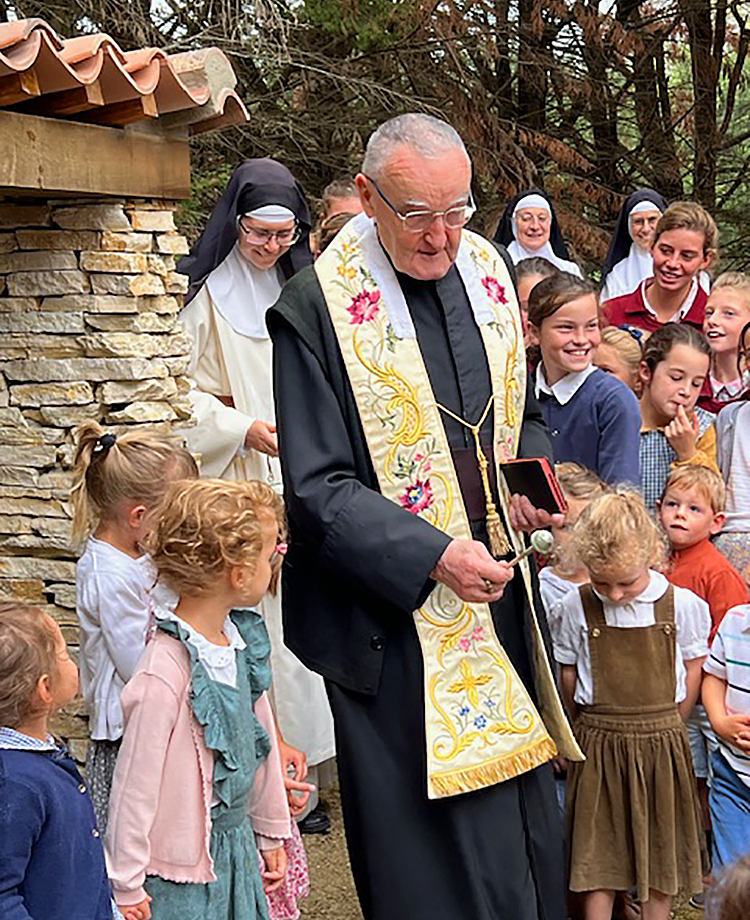(Ephesians 5:8)
Parents, leaders, and educators, we have a mission, a duty to lead children's souls toward the Light which will be their guide and their happiness. In order to illuminate the way that lies before each one of us, once a week we invite you to discover some of the words of certain wisemen and witnesses, measuring their worth by the words of St. Thomas Aquinas: “Do not consider the one who speaks, but whatever good you hear from him, confide it to your memory.” (from The Sixteen Ways to Acquire the Treasure of Knowledge by St. Thomas). Happy reading!

Since “whoever says nun, says cloister,” and since the Daughters of Charity must be be everywhere, these girls “will have no other monastery than the house of the poor, no other cell than a rented room, no other chapel than the parish church, no other enclosure than obedience, no other grill than the fear of God, no other veil than holy modesty.” For decoration they will keep their peasant costume of the Île-de-France: the dark woollen bodice and dress with apron, and the white canvas headdress with wide wings to protect them from the sun while working in the fields. For one year only, each will make a private promise: no perpetual vows. In this way, they will be free to go wherever physical distress calls: to the poor who cough in their beds, with no one to care for them; to the galley slaves crushed even more by the weight of life than by the weight of the oars; to the agonizing who die abandoned in hospital beds; to the old and infirm for whom no one cares: an immense, incessant task, which will never exhaust the most powerful appeal of love and gift of self.
Vincent de Paul (1581-1660) and the Daughters of Charity
Founder of the Congregation of the Daughters of Charity, and the Vincentians
“Holy cards love to show him walking along, tenderly holding an infant in a basket on his left arm and a little boy clinging to his cassock. A simple allegory! To get it exact, you would have to show Monsieur Vincent with 40,000 children in his arms. This is, in effect, the estimated number – quite discouraging for sculptures and painters! – of abandoned little ones that were saved by Monsieur Vincent between 1638 and 1660. Before he came along, they would simply die abandoned as they were. In Paris, two or three hundred abandoned children were found each year on the doorsteps of churches, left gently but secretly in a corner of the entryway by mothers in distress, then rescued and carried to some widow to be taken care of. Monsieur Vincent, deeply moved by this distress, had the wisdom to send the Ladies of Charity to Paris. Under the direction of Louise de Marillac, the work of Foundling Children soon took on a considerable scope. Thirteen pavilions for receiving children were built, the King established a small fund, and the Queen donated some of her jewels for the cause. It is said that Monsieur Vincent, seeing Anne of Austria [the queen] adorned with a magnificent river of diamonds, said to her: “Madame, make these stones turn to bread,” whereupon the Queen immediately unclasped her necklace and offered it to him for the children.”
Vincent de Paul (1581-1660) and the Daughters of Charity
Founder of the Congregation of the Daughters of Charity, and the Vincentians
In the same category « Christian Life », also read :
